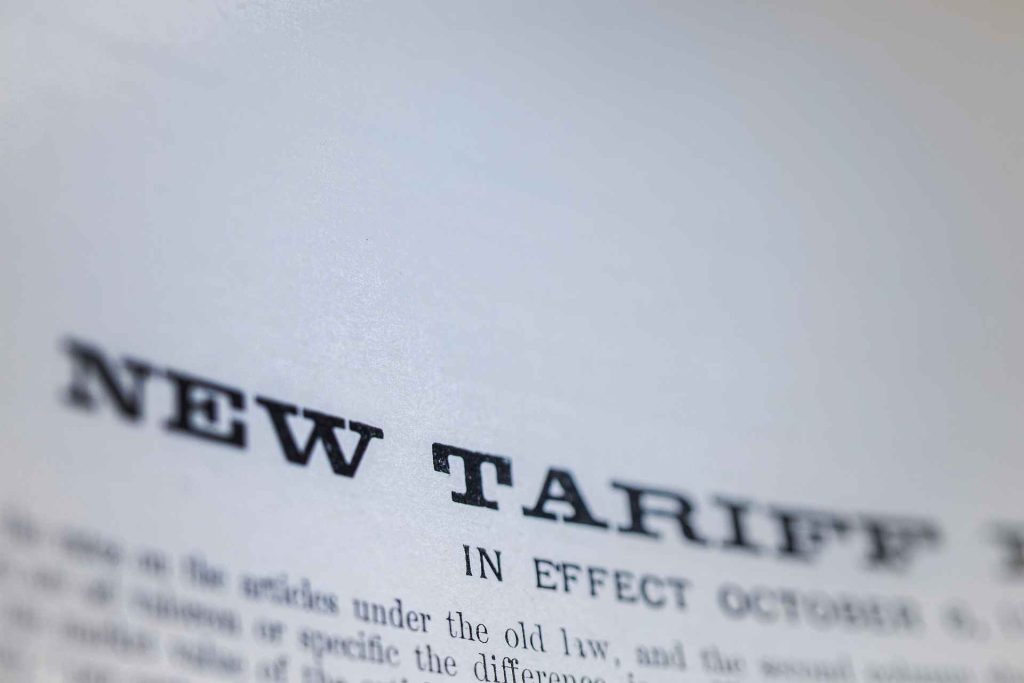The manufacturing world runs on carefully balanced supply chains, where even small changes in trade policies can send ripples through the entire system. For companies like Regal Metal—where components are shipped to Mexico for assembly before returning to the U.S.—new tariffs can have a real impact on operations, costs, and planning.
So, what do these changes mean for businesses that rely on cross-border production? Let’s break it down.
Understanding the Tariff Landscape
Tariffs are essentially taxes on imported goods, and they exist to protect domestic industries, encourage local production, or address trade imbalances. But for manufacturers using international assembly (like sending parts to Mexico for finishing before bringing them back), tariffs can complicate pricing and logistics.
Recent shifts in trade policies have put a spotlight on how goods move between the U.S. and Mexico. Some tariffs have increased, while others remain unchanged—but the uncertainty alone can make supply chain planning tricky.
Key Questions Manufacturers Should Ask:
- Are our products subject to new duties? Some components may face different rates than finished goods.
- Do exemptions or trade agreements apply? USMCA (the U.S.-Mexico-Canada Agreement) may offer relief for certain products.
- How will this affect total landed costs? Even a small tariff increase can add up over thousands of units.
How Regal Metal’s Cross-Border Model Plays Into This
Regal Metal’s process—sending U.S.-made parts to Mexico for assembly before returning them—is a common strategy to stay competitive. Labor and operational costs in Mexico often make this approach cost-effective, even with shipping factored in.
But tariffs can shift that math. If duties on reimported goods rise, the savings from overseas assembly might shrink. That doesn’t necessarily mean the model stops working, but it does mean companies need to reassess:
- Is it time to adjust pricing? If tariffs cut into margins, some manufacturers pass costs to customers.
- Could sourcing or assembly changes help? Sometimes, tweaking where materials come from or how much work happens abroad can reduce tariff exposure.
- Are there alternative trade routes or classifications? Properly classifying goods under Harmonized Tariff Schedule (HTS) codes can sometimes lower duties.
Ways to Stay Ahead
While tariffs are outside any single company’s control, there are ways to minimize disruption:
- Stay Informed on Trade Policy Shifts – Trade rules evolve, and staying updated helps avoid surprises. Partnering with a customs broker or trade consultant can provide clarity on how new tariffs apply to specific products.
- Review Supply Chain Flexibility – If tariffs make Mexico-based assembly less viable, could some processes move back to the U.S.? Some manufacturers are reevaluating nearshoring or hybrid models.
- Optimize Inventory Planning – Tariffs can lead to price fluctuations. Keeping a buffer of critical components or adjusting order timing might help smooth out cost swings.
- Leverage Free Trade Agreements – USMCA offers benefits for qualifying goods. Ensuring compliance with rules of origin (like minimum regional content) can reduce or eliminate tariffs.
The Bigger Picture: Is This a Short-Term Challenge or Long-Term Shift?
Trade policies often change with political and economic trends. Some tariffs are temporary measures, while others signal lasting shifts in how global manufacturing operates.
For companies like Regal Metal, the key is balancing short-term adjustments with long-term strategy. Cross-border manufacturing still offers advantages—but staying adaptable ensures those benefits aren’t erased by unexpected costs.
Final Thoughts
Tariffs are just one piece of the manufacturing puzzle, but they can’t be ignored. By understanding how they apply, exploring ways to mitigate their impact, and staying nimble in supply chain decisions, companies can keep operations running smoothly—even when trade rules shift.
At Regal Metal, we know that smart manufacturing means anticipating challenges before they arise. Whether it’s adjusting sourcing, reevaluating logistics, or simply staying informed, a proactive approach makes all the difference.

